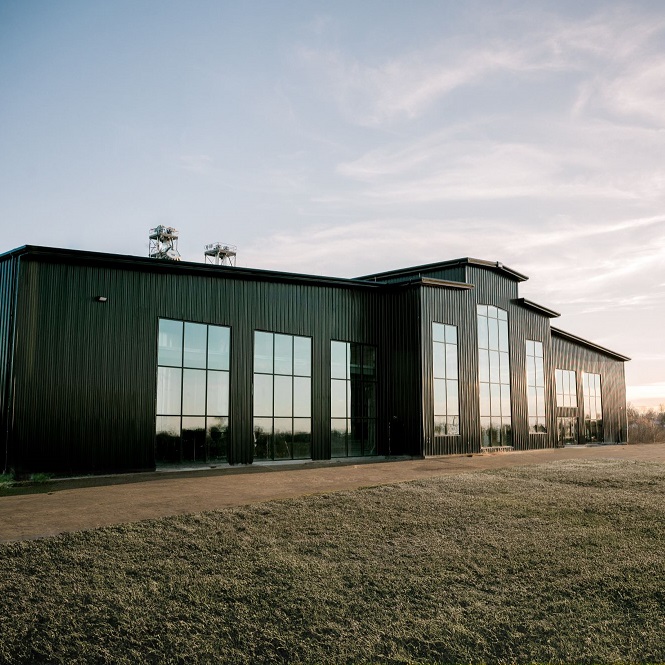Distillery Heroes: They Fix Stills And Stuff
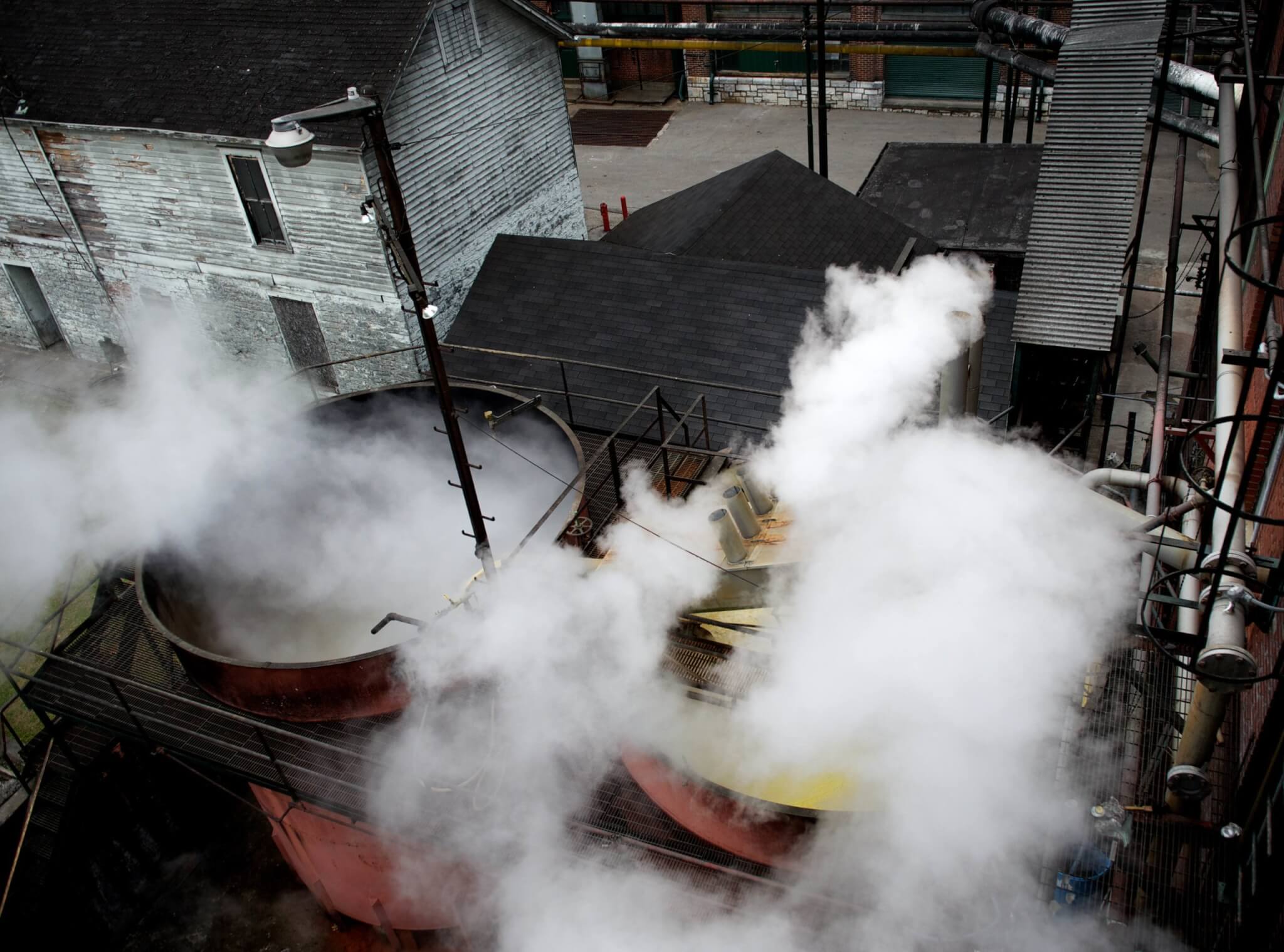
This article originally appeared in Whisky Magazine in 2016.
It takes a lot to run a bourbon distillery.
You must acquire corn, rye or wheat, and barley, mill the grains, store them, then cook and ferment to create the rudimentary beer that is distilled and distilled again, placed into a barrel and stored into a warehouse. After distillation, the grains fall to the bottom of the still, are dried and turned into distillers feed through a drying out process. After the whiskey meets the distiller’s intended age, the barrels are dumped with other barrels, it’s cut with water and filtered—or not, depending on the brand—and bottled, placed in a case and loaded onto a truck.
In order for the bourbon bottle to reach your hands, hundreds of machines must work, and keeping the distillery equipment working is a 24/7 job. At any given moment, a belt could snap, a bolt could come lose or a pump quits, causing a domino effect that would halt all distillery operations.
At least once a year, distilleries shut down for anywhere from two weeks to a month to make scheduled repairs. For example, when a major valve is replaced, the vendor and the distillery will notate the repair and schedule the next one for 2025 or whenever it needs to be done. Coils, tubing, seals and everything in between will be fixed and improved during the shut down. They also pressure wash at 10,000 PSI all evaporator tubes, take apart and inspect the reflux line and inspect the doubler, repairing any obvious tread. They retube stills about every 20 years. Water softeners are replaced about every decade. And the list goes on.
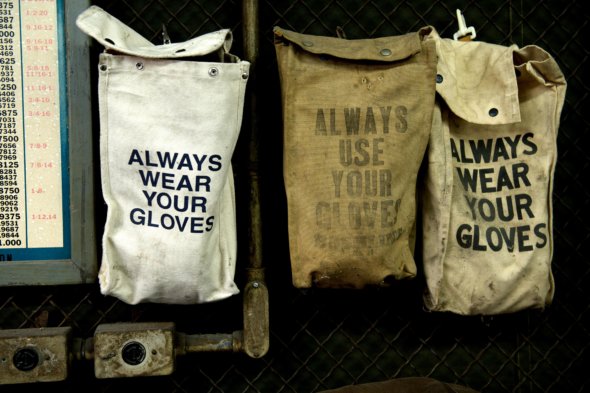
Beyond the regularly scheduled maintenance, sometimes equipment just breaks down and jeopardizes the entire operation.
At the Buffalo Trace Distillery, the longest continuously running distillery in the United States, the slightest hiccup anywhere could shut the entire distillery down. “Last week was the first week in a long time we’ve had nothing go down,” says Josh Wheatley, distillery supervisor who’s of no relation to his boss, master distiller Harlan Wheatley.
Wheatley’s comments were quickly met with “It ain’t even the end of the week yet,” said Clarence Miller, a forty-year veteran of the maintenance team. “Great, you just jinxed us,” said Scott Meredith, the maintenance engineer and planner, told Wheatley.
The truth is, it’s fairly unusual for Buffalo Trace to operate weeks at a time without a shutdown. And of course, that depends on your definition of a shut down. If one cooker goes down, there are two more to take its place. On average, there are five to eight major repairs a week in the distillery.
Keep in mind, it’s not like Buffalo Trace is operating a facility with parts at the local hardware store. There’s an old gearbox powered by a wooden belt. Yes, you read that correctly, a wooden belt. Some gears are from a 1928 a Ford. And yes, you read that right, too: Buffalo Trace actually has a makeshift gearbox from an old car.
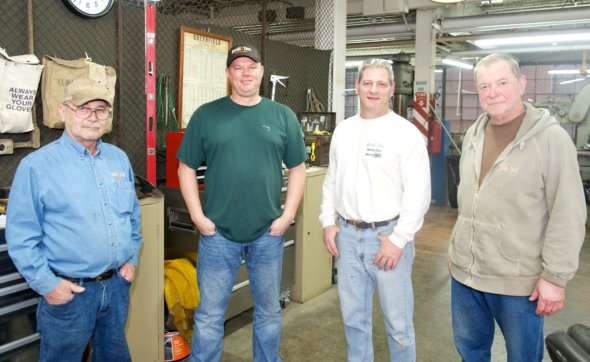
In the machine shop hang thousands of belts, tools, bolts, nuts and even a pipe wrench the size of a man. Some of the larger machines came from old World War II Navy ships. In all, the shop has more than 100,000 parts that will need to be used at any given moment, because as Miller says, “there’s no stopping them barrels. They will always fill those barrels.”
If the Buffalo Trace doesn’t own the part, they must call the vendor who will take their call 2 a.m. “They don’t make many of these pieces anymore,” says Ryan O’Neal, a maintenance technician. “Most of the pumps were made in the 1940s.”
Sometimes, the vendors help them find newer parts that are more efficient. After replacing sump pumps every year, the pump specialist vendor helped Buffalo Trace determine the former sump pump wasn’t rated for the high heat coming down the pipe. Instead of spending $4,500 to repair the sump pump seals, they just upgraded the pump. It’s scheduled to be replaced again in a few years.
Sometimes they have to repair the same thing twice. And sometimes the valve or whatever hasn’t been repaired in 40 years. Prior to the governmental budget cuts of the 1980s, government officials would oversee all distillery repairs and crimp a metal tag the repair. It’s a fun day when Buffalo Trace worker comes across these tags, O’Neal says.
On any given day, you really have no idea what you’re to repair, but “you have to be multi skilled,” Gary Mullins, maintenance technician, because at any minute the evaporators could go out in the dry house, which would cause the stills to shut down, which would cause the fermenters to shut down, which would cause the cookers to shut down.
“It’s a domino effect,” says Billy Bob Cunningham, maintenance technician. “If something shuts down, it backs up. Depending on how long it’s down, it can shut {the distillery} completely down.”
As for what’s the most important piece of equipment to prevent the domino effect, well, that’s a matter of debate. The boiler is the lifeblood of the plant, followed by the air compressor, and really anything electrical, the workers conclude.
What about the biggest pain in the ass to fix?
That’s also up for debate, too.
If the dryer house goes down, that’s an automatic eight-hour shutdown. The cooling tower, 20 feet above ground, requires a two-day lead time for repair and six weeks to get the gear box part. There’s also cleaning out the bottom of the grain elevator or fixing any sump pump. But taking the pain-in-the-ass trophy just might be the five 75-foot-long river pumps withdrawing Kentucky River water to cool the distillery equipment.
“If river pumps go down, we don’t have enough water to fill the reservoirs and that shuts the boilers down. There goes your domino effect,” Miller says.
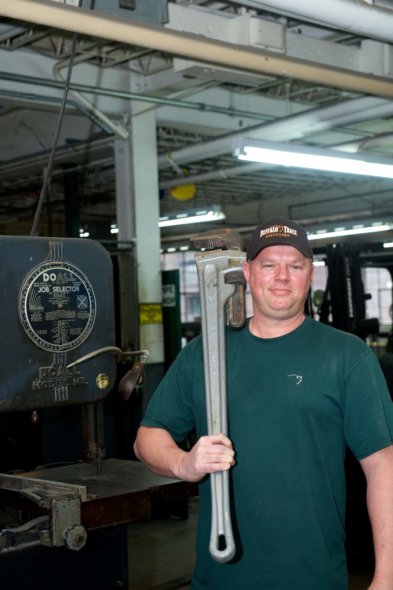
Miller and the rest of the team work all hours of the day and weekend to keep Buffalo Trace running. They keep the distillery going, but are not a part of the tour, marketing or barrel mingling. They’re hidden in plain sight, welding things, tightening bolts, cleaning tubes and greasing gears. Every distillery has these highly skilled workers, who keep the equipment humming so you may drink bourbon. Oh sure, they get paid and might get an occasional bottle of whiskey on the company—call that a perk of the job. But their hands stand between your bourbon and the dreaded domino effect.







